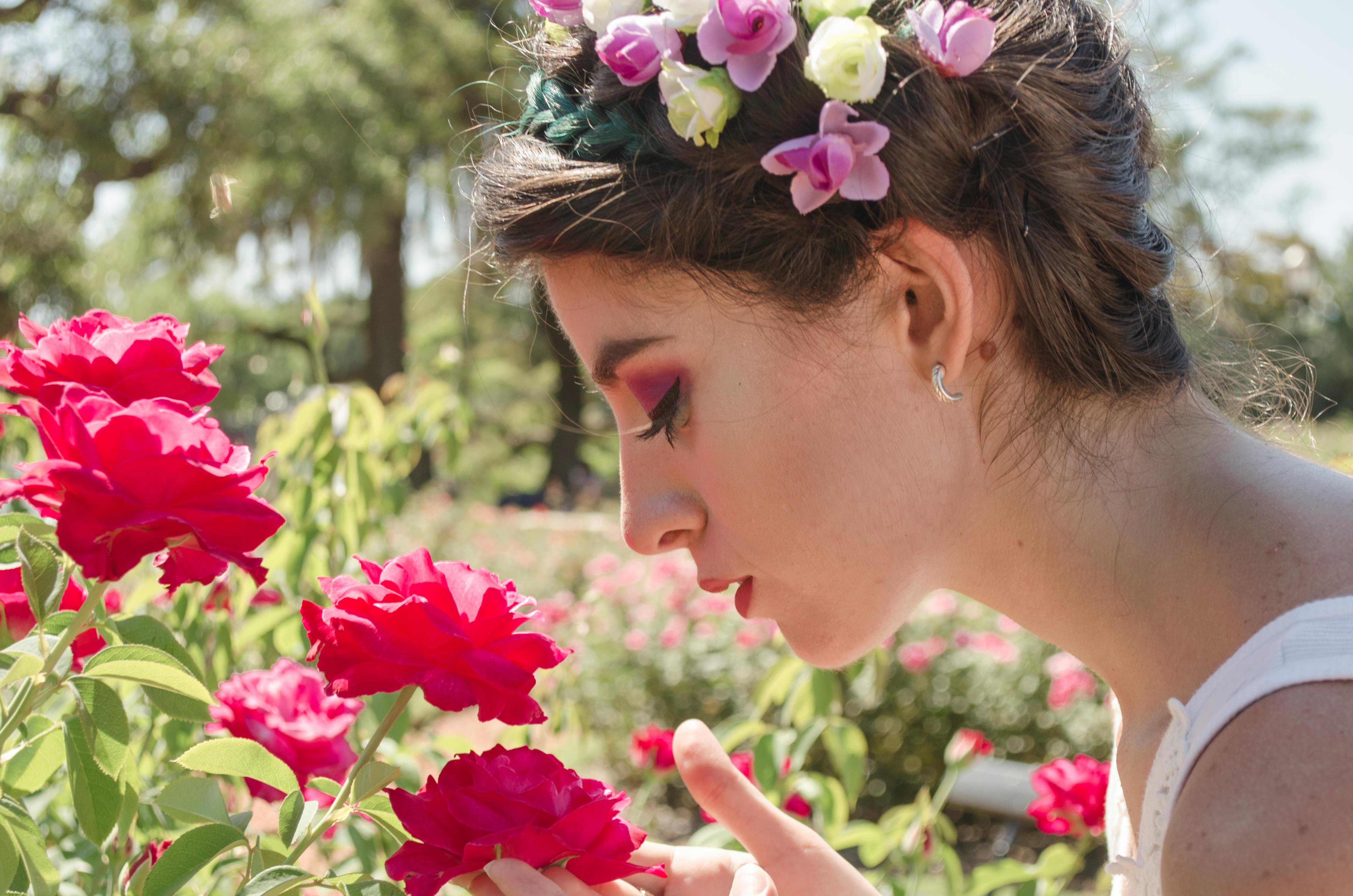Japanese tattoos are great. But if a personal translator is out of your league, how can you avoid becoming a kanji fad victim and getting stuck with a tattoo you’ll truly regret?
1. Know the difference: hiragana, katakana and kanji
Before you talk to your tattoo artist, make sure you know what you’re talking about. You say you want a Japanese tattoo, but what do you know about Japanese characters? You need a short stint in the Japanese training camp of 2 minutes.
First of all, let’s clarify that there is no such thing as a Japanese “alphabet”. There are three sets of Japanese characters: hiragana, katakana, and kanji, and each set has its own history, function, and style. Grasp these facts, and you’ll already know more than 99% of people walking around with Japanese tattoos right now:
hiragana – These simple rounded characters represent sounds, but have no independent meaning. They were developed by women in the Heian period and are still considered feminine by the Japanese.
Katakana – Developed by Buddhist monks around the same time as hiragana, these are simple angular characters that also represent sounds and have no meaning of their own. You saw them cascade down the screen in The Matrix (even though they were upside down!)
kanji – Originally from China, these characters are like images, they represent a meaning and also several different sounds depending on the situation.
Just reading this has probably given you an idea of what style you would like for your tattoo, but don’t stop just yet! Now that you know what types of Japanese characters there are, let’s move on to…
2. Writing styles
Come a little closer. Lean towards the screen. That’s how it is. Now look at the words in front of you. Look closely at the shapes of these letters. OK? Now tell me honestly: would you like a tattoo in Times New Roman? How about Tahoma? What’s that? Don’t want a Canon or Epson tattoo? I sure don’t. And by the same token, you don’t want your Japanese tattoo to look like a printout either!
So, now we move on to writing styles. Just as there are three types of Japanese characters, there are also three ways to write them. Don’t worry. This is easy! I know, you’re thinking that you can’t even read Japanese, so how the hell are you going to be able to recognize these different styles? Well try this:
Kaishō – Printing letters. You learned to write your ABC like this, and Japanese children learn to write their characters the same way: like a Volvo: boxy but good.
gyousho – Cursive letters. You went on to middle school and learned that you could write faster by letting the parts of some letters flow into the next. Yes, you guessed it: the Japanese do the same thing and call it gyousho.
sousho – Super cursive letters. Have you ever seen a prescription from a doctor? So you know what sousho looks like in Japanese: sure, the writer or some other trained person can (probably) read it, but no one else has any idea what it says!
Are you capturing the image? If you want to look like a computer printout, then be my guest and go for the kaisho style. That is your choice. But I think you probably want to use gyousho or sousho for your tattoo. My personal preference would be gyousho – it’s elegant, but won’t wow even native speakers.
3. Real or fake?
Remember I mentioned Mel C at the beginning? Well guess what kanji she got tattooed on his arm? That’s right – “Girl Power”: great in English, but show this kanji combination to most Japanese and you’ll get a blank stare at best. Do you want a worse example? Try “big daddy.” Now, you know what that means in English, but put it in kanji and you’ll end up with “great dad”! It just doesn’t work.
I’m sure you remember that kanji are the only characters that have meaning in addition to sound. And their beauty means that they are what most people want for their tattoos. But beware: in addition to being popular, they can also be the most dangerous!
Let’s see if we can find a pattern here: Look carefully at the examples above. What are they communicating, concrete concepts or abstract ideas? Can you see the difficulty the translators had? The kanji for “dragon,” “samurai,” “love,” or any other concrete idea are pretty easy to figure out. But pick anything with an idiomatic meaning and whoever is trying to help you translate it will have a huge headache!
Just an idea, but how about this suggestion? Instead of trying to force a round English peg into a square Japanese hole, why not find an actual Japanese phrase you like and get it instead? Bushidou (Way of the Warrior) and Ninjutsu (The Art of Stealth) are two good examples of actual Japanese terms that would make great tattoos.
4. Your name in Japanese
As I’m sure you remember from the 2 minute Japanese boot camp, katakana are the characters usually used to write foreign words and names. So if you want to get your name tattooed, technically these would be the characters you would choose. But I guess, like most people, you want your name to be written in kanji.
Do a quick Google search and you can find several sites that specialize in translating names into kanji. Basically, there are two different methods that these sites use, so let’s look at them here.
translating the meaning
This method involves finding out the original meaning of the name in English and then researching the kanji equivalent.
For example, my name has its origin in Greek and means “the crowned one”. The one who is crowned is the king, so you could translate my name into the kanji for king and call me ohsama. (Perhaps a bit pretentious, and eerily similar to Mr. Bin Laden’s first name!)
translating sound
This is much more difficult! Flip through a dictionary and you’ll find plenty of kanji that can be combined to sound like your name. But the sound is not everything: remember that the kanji also have meaning. In fact, it’s even more complex than this! Be sure to check each of the following with anyone translating your name using this method:
1. Sound – Does it sound like your name or not? I’ve seen my name “translated” on certain websites to make it sound like Stefan. Too bad my name (Stephen) actually spells the same as Steven!
2. On-yomi and kun-yomi – Yes, more technical words! But don’t panic, they are easy to understand: Basically, kanji have two types of reading. One type, on-yomi, is its original Chinese sound. The other, kun-yomi, is his uniquely Japanese sound. The thing to keep in mind is that (like oil and water) on-yomi and kun-yomi do not mix. Use all on-yomi readings or all kun-yomi readings to make your name sound.
3. Meaning – Do the kanji have a good meaning together? Now, it can be very difficult to find kanji that sound good and have a good meaning, so you may need to give up a bit on one of these.
4. male or female – I guess this is more of a subcategory of meaning, but it’s something to check to avoid embarrassment. For example, while “Asian Beauty” might be a great combination for a woman, I have a feeling most men wouldn’t be too happy to have that permanently written on their skin.
5. If you have doubts, check it out!
First, use your new knowledge of Japanese to ask your tattoo artist or kanji “specialist” some tough questions. If you feel like they don’t know what they’re talking about, you’ll probably want to look elsewhere.
Then, before you do anything permanent, use an online dictionary to check if Japanese really means what you want. You may not be able to enter Japanese yourself, but you can copy and paste characters from an email or web page and see what they mean.
Finally, if you are lucky enough to meet one, ask a Japanese what they think. His confused expression on him can tell you that you have come up with another “great dad”!
Follow this advice and you will avoid the most dangerous pitfalls of Japanese tattoos and give yourself a kanji tattoo you can be proud of.


